Jalsaghar
Jalsaghar : Movie Review
5 stars out of 5 ( Masterpiece )
Director : Satyajit Ray
1958, Bengali (English subtitles available)
The canvas is ancient, purposely spare and somberly monochrome. On the terrace of an imposing mansion sits an ageing man, like a spider trapped in its own indolent web. He is The Zamindar - the aristocratic wealthy land-owner. He sits half-drowned in his thoughts, still drunk on notions of lordship nourished loyally by two or three members of staff who makes the great sacrifice of persisting by his side while better paying jobs beckon. This zamindar - Biswambar Roy - has lost everything : his wealth, his own ones, and most crucially of all his common sense the lack of which birthed the demise of everything else. What he has in spades is his pride and his huge house. His pride he will not swallow, and the brick and stone one cannot eat anyway.
Auteur Satyajit Ray's "Jalsaghar" is a great involutional bolt of lightening - the thunder is not designed to be heard, but you feel the entire epic crumbling inside, a sweeping creation of nothingness caused by the frittering away of great riches. It showcases the director's archetypal figure - 'The Fallen Indian Man', complacent in his high-born station till the winds of exigency slowly decimate him. You saw him in Pather Panchali , you see him here, and you will see him again in Ashani Sanket and with closer similarity, his aristocratic brethren in Shatranj Ke Khilari where chess is substituted for music. Ray gives Roy the 5 star treatment, embalming him in a 100 minute dynamic mausoleum that maintains its austere yet magnificent miasma from start to finish. I'd have guessed the man who made 'Jalsaghar' was aged 45 to 50, but Ray was 36 at that time.
We first see Biswambar Roy in a close-up of his face - the first frame of the film - and then the lens slowly pulls back, but while doing so it seems to freeze mid-way, knowingly or otherwise, and that static capture becomes a great portrait, nay, a memorial, of the pictured man. Is he dead ? Not quite - that would rob us of the process. Roy is plump, and going fully to seed, but his face still has that fullness, almost Japanese or Korean in its filled plateaus and narrow eyes, which bespoke well-fed assurance in his youth but now reposes like spent balloons. He slumps on a chair on the large open terrace of his house, the stony ground roughly textured, the air above opening directly to unobstructed skies all around, the scene basking sultrily in mofussil monochrome. The set-up is organically suited to black-'n'-white, and even if it was in colour the ethos would bleach out the vibgyor.
Forget the date , he has no idea what the season is. Memories of a similar time of the year bring back fond remembrances of the time when his bank account was only at the start of its ruin. Not that he cares a fig about bank accounts - more importantly for him, he reminisces about the life arc when he still had his wife and son. Roy indulges in loan transactions with neighbours - he is the supplicant but talks like the money lender seated on the kingly throne - dictating stern, rather ridiculously self-serving terms, while the standing lender at the other end smiles and salutes hosannas to him. The only person who has the temerity, the sense and the permission to openly laugh at his shameless mismanagement of the estate, is his wife. Things have come to a point where the family jewels are at stake but Bishwambar luxuriates on his bed, exulting on what a grand patron of the musical arts he has become.
"Jalsaghar" refers the to the stately high-ceilinged music room, where he holds "durbar". Holding durbar in India conventionally meant holding court and conducting actual work, but for Roy this comprises gathering an audience who sit on the carpeted floor, while he reclines on a pillow and they all watch the best musical artistes from all over the land, who have been invited to perform.
There are three such musical soirees in the film, and each inhabits a different emotional universe. What Ray does here is very rarely seen in Indian cinema. He does not have heroes and heroines lip-syncing a song. Rather, the singer's and the dancer's performance is showcased as the main event organic to the narrative, not as a merry distraction and not as a rattle shaken at an infantile audience. As a bonus, the audience reaction to this is beautifully shown. A further paradigm shift is that the narrative is advanced not through the performers but through the dynamic amongst the audience.
The first one, for which acclaimed singer Begum Akhtar weaves a Hindustani classical melody, is a beautiful introduction to what these staged performances do for the film. The singing itself is throaty and somewhat flat in a style that was very popular in the 1940s and 50s but has since gone out of fashion. The emotion however is deep - classical meets sensuous - with langour-laden swirls (cf. 53 years later in 'Zubeida' with 'Chodo More Baiyyaan' sung by Richa Sharma and composed by A R Rahman). The host and chief spectator Biswambar responds to the crooning like how a deeply smitten lover would, whereas a rich vulgarian he's invited is barely able to stand the music and only smiles when he spies a nearby glass of alcohol. The whole event itself is erected only to cover up Biswambar's looming shortage of funds.
Similarly, the need to save incurably proud face and in fact additionally show off, again engenders the arranging of the second musical event. This time, Roy's madness of willfully shoving around peoples' schedules, angers the heavens themselves and "Kal Baisakh" - flashing storms of the April-May season - descend to meet him. He listens to Ustad Wahid Khan's micro-undulating vocals, initially in the spell of it, but as wind and thunder flash outside, his mind sways to troubled thoughts. He looks at his glass and sees an ominous metaphor...
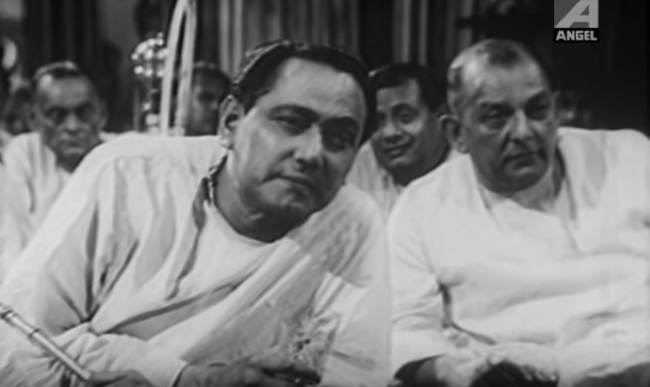
Chabi Biswas is subtly brilliant in embodying the decadent Biswambar Roy. As the lens slowly zooms on to him, watch his face beauteously mellow as he motionlessly tumbles headlong into the caress and embrace of soundwaves wafting his way in that first performance. Biswas is flawless in depicting lordly hauteur, taken to the acme with choice instances of brief but stunningly exact gesture. You detect in this persona an oblivious child who has never grown, as opposed to a worried adult, when he calmly tells his eminently sensible butler that there remains a way to pillage still more money from his ravaged funds. Ray directs and matches him superbly with the caprices of the narrative, as in the way he uses the ironic symmetry of "blood" (watch the film to infer) and as in a sequence where Biswambar bravely ventures onto the vast plains outside his house after a very long time, and gladdens on seeing the iconic hulk of his elephant in the yonder, but the rich vulgarian neighbour's automobile then rolls by, leaving them all in a cloud of dust. Roy gets angry only once in this story, and it is telling that this occurs when he is cautioned not to chance his final plunge of complete bankruptcy.

He is not the only fool in the house however. There remains another more cheerful one, an old servant who has never left. His smile and teeth gleam with simian delight when he hears of one more soiree in the offing. The butler has all but collapsed with ruinous visions of a ringing empty purse but our Man Friday looks forward grinningly to this glorious weekend after endless we(a)kdays. You almost admire his assiduity in cleaning up that huge room, were it not for his asinine lack of foresight.
Which brings us to the showpiece sequence of the movie - the third and final show. It boasts a tremendous dance by Kathak expert Roshan Kumari with dizzying pirouettes and exquisite hand gestures, with a coda that's a sublime crescendo of instruments and musical anklets. This time such cerebral things like singing are replaced by the sheer physicality of peerless classical dance and this blows away even the plebeian neighbour. In his rapture, he thinks he can do what he wants but he has no idea that even a fool who has carefully bided his time, may get the chance to interpose the ultimate check-mate.
Pic however was not designed as a brooding opera. Sharmila Tagore's interview with Ray discloses that this top director was either clueless about the box office appeal of his films or that he was simply having us on. Ray reports that he made Jalsaghar in the aftermath of being distraught over Aparajito's unfavourably reception by the home audience (unsurprising, given Aparajito's melancholia and slow pacing). He therefore seems to have designed Jalsaghar to have Indian-crowd-pleasing elements of song and dance. But this was probably impossible for the reserved, introspective story-teller that Ray mostly is, with he himself admitting that it ended becoming a "very serious study of feudalism". No wonder then that a formalism, impressive but far from being winningly commercial, infuses the "song and dance" sequences of Jalsaghar. Ray goes on to report that he is very surprised that the film became popular and even venerable in France. I wouldn't find it so surprising - the film's aesthetics are carved in spare fashion, and it sports an understated narration - two artistic qualities much prized especially in Europe where his Aparajito had already garnered the Venetian Golden Lion just the year before, and where Ozu's 'Tokyo Story' was winning rave accolades at about the same time.
So Ray's vulgarian stab at commerce made him unwittingly ascend onto yet another aesthetic zenith , even as Roy's dreams of immersing himself as the ultimate patron of musical arts make him plummet into arias that get darker and darker. For the film's protagonist , intensifying wholesale melancholia was never planned as the ultimate destination but for the director, as he himself might have realized with a wry smile , such desserts of desolation are the very fields of gold.
UPN
UPNWORLD

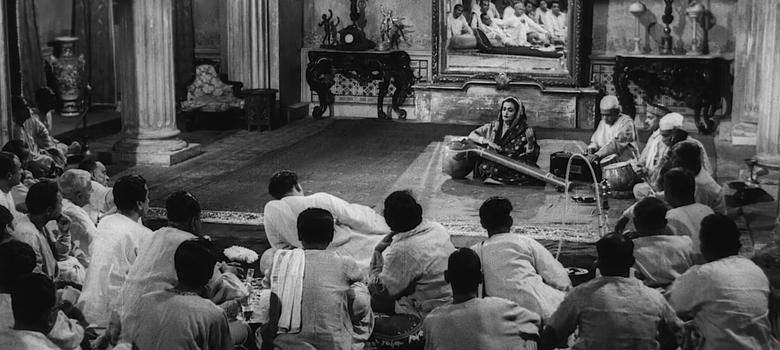
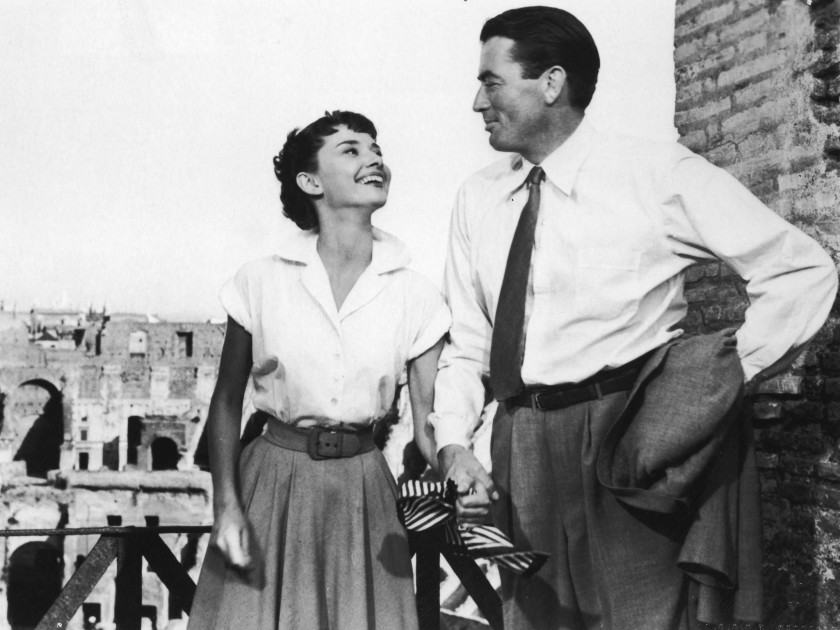
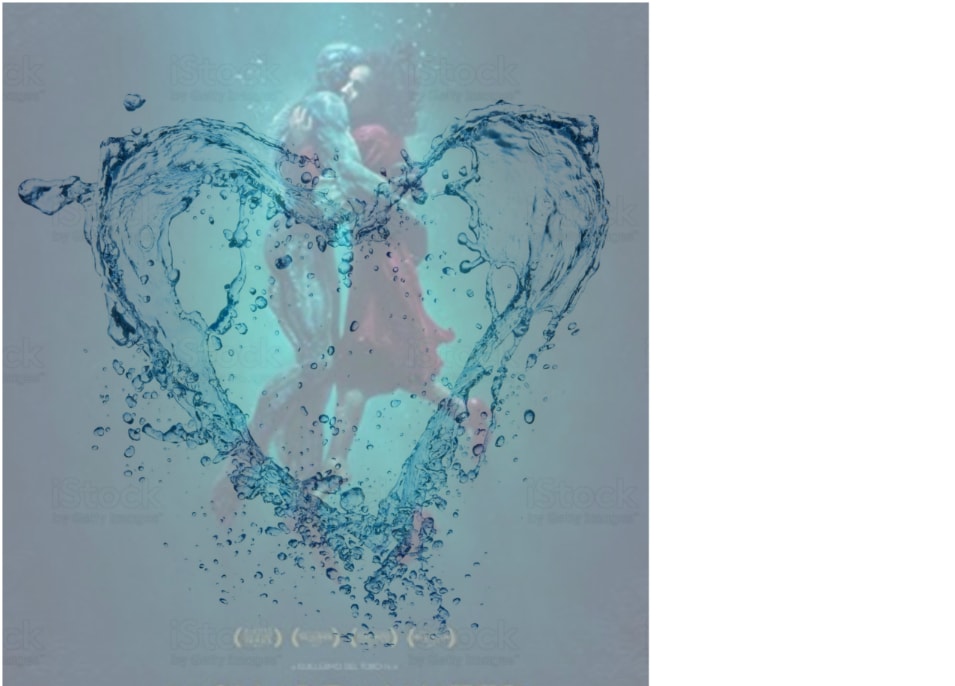
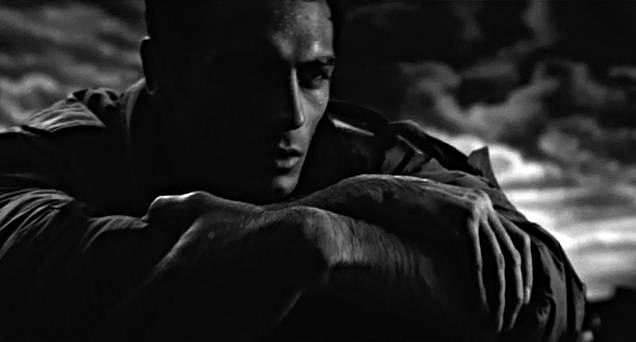





0 COMMENTS
WRITE COMMENT